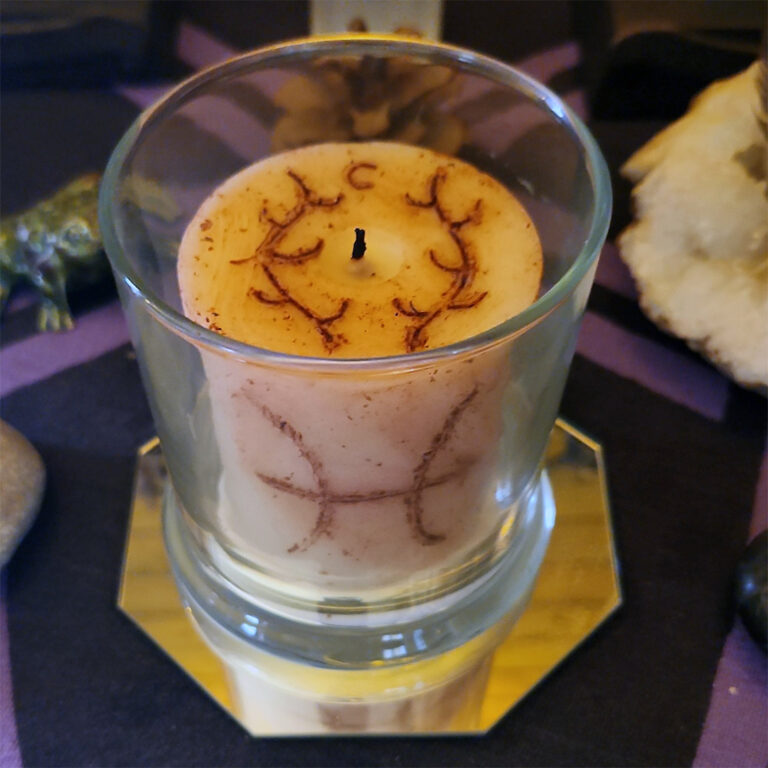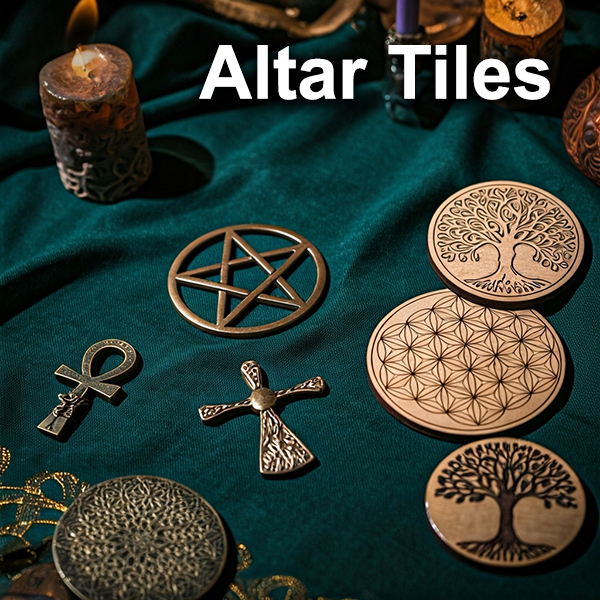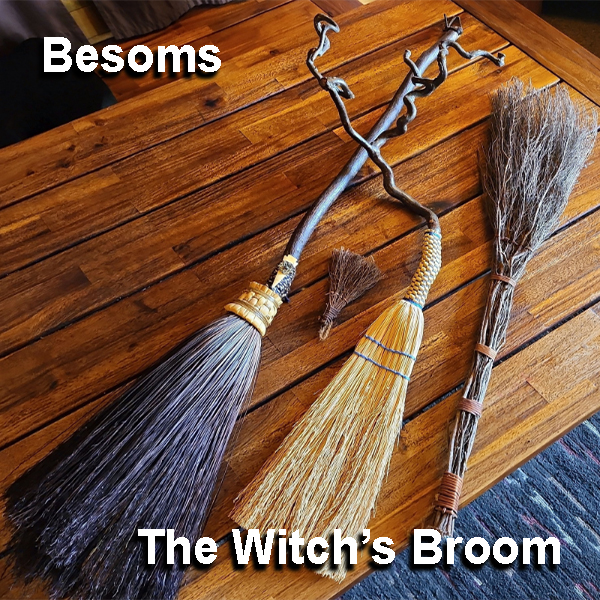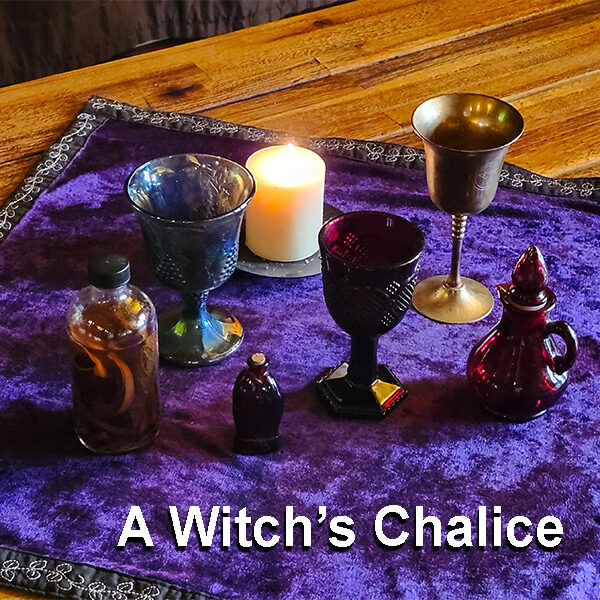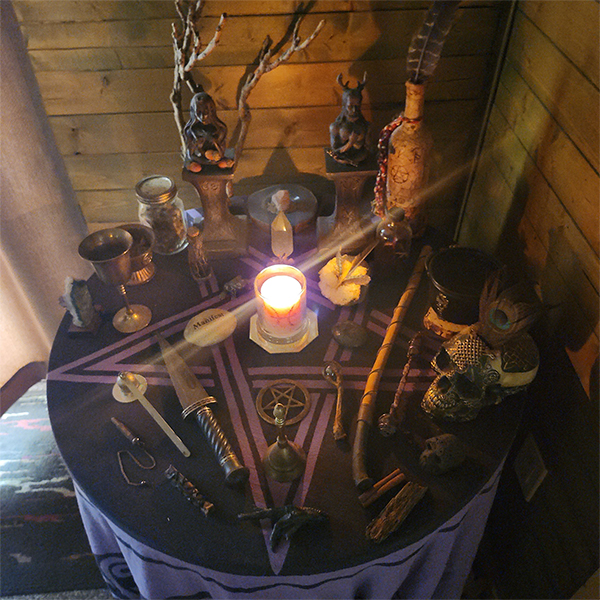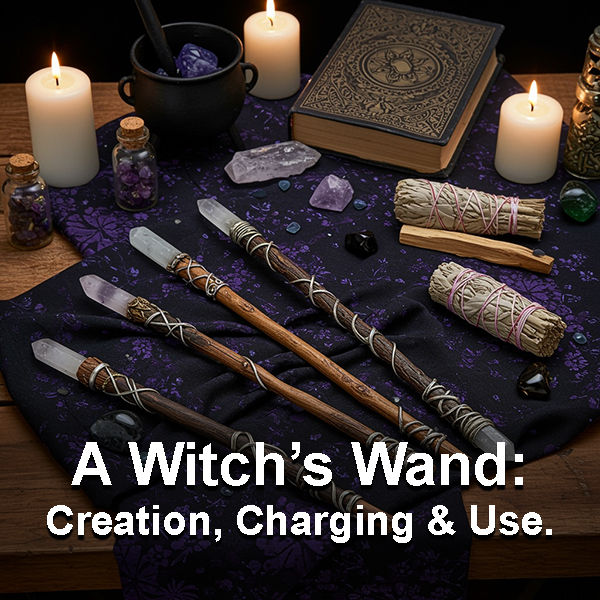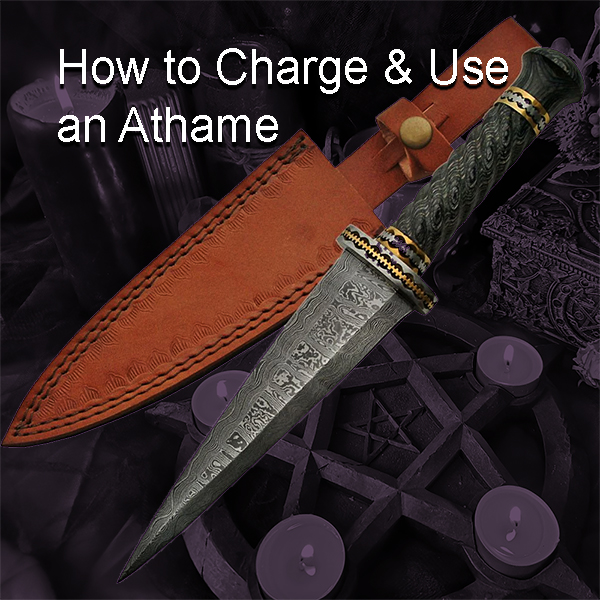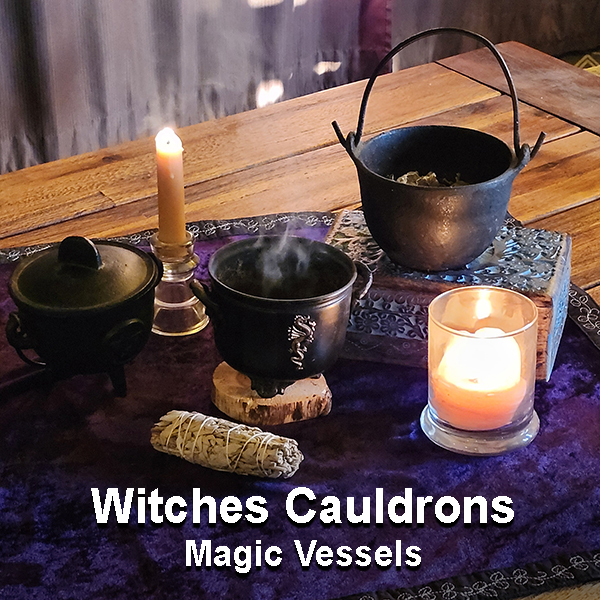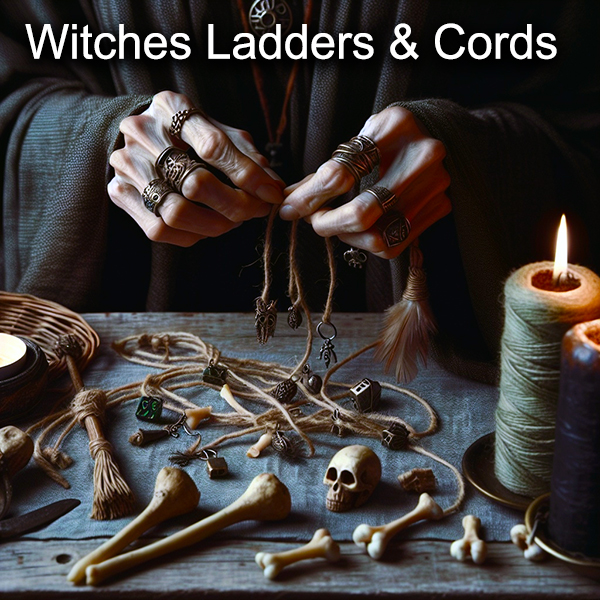 Witchcraft thrives on intention, energy, and sacred witch tools that help channel both. Although every witch practices differently, certain traditional items tend to appear on most altars. These witch tools are more than symbolic. Because they represent elemental forces, divine aspects, and personal power, they help direct and anchor magical work. Accordingly, knowing their use deepens your craft.
Witchcraft thrives on intention, energy, and sacred witch tools that help channel both. Although every witch practices differently, certain traditional items tend to appear on most altars. These witch tools are more than symbolic. Because they represent elemental forces, divine aspects, and personal power, they help direct and anchor magical work. Accordingly, knowing their use deepens your craft.
This category page just lists some witch tools in brief, you’ll find detailed articles to your left on laptop, pad or desktop, or down below this article if you’re on mobile.
So let’s dive into some witch tools for your magical practice!
Witch Tools for the Altar and Sacred Space
In subsequent articles, I’ll write more in depth about each one of these witch tools. Consider this more of a basic list for your altar set-up and sacred space.
We have all of these tools at our metaphysical shop, come visit! Connect with us for more on Instagram, Facebook (Meta) or TikTok.
The Power of the Altar and Host for Witch Tools
 The altar set up is more than a decorative surface (but nothing wrong with it being beautiful, right?) It is your sacred workspace, where physical meets metaphysical. Although the altar setup may vary, each of your witch tools placed upon it carries meaning. My altar is more Celtic than anything else, though I am eclectic I practice. Celtic covers a wide range of territory too, geographically and theologically.
The altar set up is more than a decorative surface (but nothing wrong with it being beautiful, right?) It is your sacred workspace, where physical meets metaphysical. Although the altar setup may vary, each of your witch tools placed upon it carries meaning. My altar is more Celtic than anything else, though I am eclectic I practice. Celtic covers a wide range of territory too, geographically and theologically.
Your altar is the center of power and focus and highly personal. Though there may be some similarities among traditions, it is still uniquely you. Do you always need to call corners and cast circle at the altar when performing spell work? No, but advisable if you are new to the Craft.
Your altar also hosts most of your witch tools too. I have many tools upon my altar, and that’s what I call my “resting altar”. During certain spell work or rituals, some of these items are removed leaving just the ones I Intend on working with. At home in my ‘witch-hut”, I keep not only these tools on or near my altar, but all my altar supplies too.
All these tools, including the ones that don’t rest upon the altar, are enchanted. Some call this “intentioned”. I’ve always felt your intention and enchanting an item are two different things. But they do tend to go hand-in-hand.
Altar Candle
While not exactly a witch tool, the altar candle is significant. This is the absolute center of it all. In our coven’s tradition the altar candle is struck with “divine light”, “light of all light, light of Dryghton, the dark light from which all came forth.” In Wiccan traditions this can be a deity, but for many others it is the source of it all.
Lighting the altar candle brings spiritual powers and energies to the altar. It’s like turning on the stove in preparation to cook. In other traditions light Arthurian magic one white and one black candle are used to represent the balance. In yet other traditions, a practitioner might use a candle devoted to a certain deity or deities.
Some will fashion their own candles, and others may use premade ritual or plain candles, sometimes remodeling them to suit. I suggest you experiment and find what works best for you. Sometimes I also have candles for the four corners or elements, each one in a different color corresponding to earth, air, fire and water.
Altar Tiles
One of my favorite witch tools is the altar tile. I have a few but only always keep one on my altar. This item, like the others, is also enchanted.
I keep spell bottles and other items upon the altar tile. I use this tile to both protect an item and to charge an item. Sometimes I have a spell bottle resting on it, or super-charging a bottle of Florida water. Having an enchanted altar tile on the altar also helps protect this center of your sacred space for magic and rituals.
Altar tiles come in many shapes and sizes and of different materials too. Mine happens to be a brass pentacle. I choose brass for the copper content which resonates and corresponds mostly with fire.
Some get an altar tile confused with a paten, which is more of a small offering plate. Mostly, patens are used in Wiccan traditions. I have a variety of offering tools, bowls mostly but sometimes dedicate a special plate for offerings too, especially around Samhain.
Swords and Athames
Although the sword and athame look similar, their uses differ slightly. A sword is often larger and more ceremonial. The athame, typically smaller, directs energy. Due to its association with air or fire, depending on tradition, this tool cuts through illusion and doubt. Swords and athames come in a huge variety of design and symbolisms too.
Witches use the athame to cast circles, command spirits, and focus intent. It is invaluable as a witch tool. Because it rarely draws physical blood, it works strictly in the spiritual realm. The Sword, meanwhile, represents authority and clarity. Although not always used in solo work, it can dominate group rituals or symbolic battles.
When you handle your athame or Sword, always do so with respect.
Accordingly, keep your athame charged and cleansed and consecrated. Some witches store their blades on their altar, while others wrap them in cloth when not in use. Because these tools are highly personal, they become extensions of your will.
The boline is another blade, but it serves a different purpose. Unlike the athame, the boline is functional. This witch tool is used to harvest herbs, carve symbols, and cut cords. Accordingly, it bridges magical work with physical action. Because it touches mundane objects, it’s wise to keep it clean and dedicated.
Although similar in shape to other knives, the boline traditionally has a white handle. This color represents purity and practical intention. Due to its role in both spiritual and earthly acts, many witches consider it a vital tool. This witch tool often has a blade in the shape of a crescent moon.
Wands: A Traditional Witch Tool
The Wand is more delicate, but just as powerful. Traditionally linked with air or fire, the wand directs subtle but powerful energy. Because it channels intent without force, it’s ideal for blessings, invocations, and spells. It can also be used to send energy over vast distances. You may fashion your wand from wood, crystal, or metal. Accordingly, select materials that resonate with your spirit.
The wand, like the athame, should reflect your energy. Therefore, many witches personalize theirs with carvings, stones, or charms. Place it on your altar or keep it close during meditation. Because the wand connects spirit to action, it’s often the first tool new witches adopt. While you can fashion your own, some choose a wand and personalize it from there.
The Chalice and the Divine Within
The Chalice is the sacred cup of the altar. It embodies the element of water and the womb of creation. Because of this, it represents the Goddess, intuition, and inner knowing. Witches use the Chalice during rituals to hold blessed liquids, symbolize unity, or celebrate sacred union.
Although you can use any cup, a dedicated ritual Chalice strengthens intent. Some choose ornate silver goblets, while others prefer simple clay vessels. Due to its connection with emotion and flow, the Chalice supports introspective and transformative work.
During sabbats or spellwork, the Chalice may receive wine, juice, or herbal infusions. Accordingly, it’s a vessel for both physical and energetic nourishment. Because it’s deeply symbolic, many witches treat it as a central altar piece.
The Cauldron and the Witch’s Hearth
Although the Cauldron is often associated with potions and bubbling brews, its magic runs deeper. The Cauldron represents transformation, rebirth, and mystery. Because it holds, burns, or transforms ingredients, it mirrors the cycle of life.
Witches use cauldrons to mix herbs, burn offerings, create infusions or hold scrying liquids. There is a lot of spell craft one can do with cauldrons, we’ll get to that in future posts. Due to its association with water and fire, it connects opposing elements. Accordingly, it’s both a place of creation and dissolution.
Although traditionally made of cast iron, modern cauldrons come in many sizes and styles. Choose one that suits your space and practice. Some will place this in the corner of fire or air on the altar, others may place it in the center or near the center. I have several cauldrons, one upon the altar and others I use for various spell works and rituals.
Ritual Bell
Often representing the element of air, ritual bells are often placed upon the altar. It can be used for energy clearing, take part in opening and closing circle rituals, signify affirmation. The ritual bell can also serve in calling or banishing spirits and clearing energy. Most witches place this in the corner of air upon the their altar.
The Censer and the Element of Air
A Censer is a vessel that holds incense. Although simple in design, it serves a vital purpose. The Censer represents air and spirit. Witches use it to purify space, call upon deities, and shift energy.
With censures, you may use charcoal and loose herbs, resins or pre-formed sticks and cones. Either way, the rising smoke carries your intentions. Because scent affects mood and perception, incense opens the senses. Accordingly, the Censer becomes a bridge between mundane and the sacred. Censure is just another name for incense burner.
Some will place your Censer on the altar or in the center of their ritual space. Others will place it in the corner of air or fire. Because air is ever-moving, the smoke reminds us that energy flows. Always practice fire safety. Even in ritual, safety and intention must align.
The Besom and the Sacred Threshold
The Besom, or ritual broom, is a protective and cleansing witch tool. Although often misunderstood, it does not fly—at least not physically. Instead, witches use the Besom to sweep away negative energy and mark sacred space. Because it clears both seen and unseen debris, it prepares your space for magic.
Traditionally, the Besom is made from birch, ash, or hazel. Some witches craft their own to infuse it with personal energy. Accordingly, the act of sweeping becomes intentional. Before rituals, sweep in a clockwise motion to invite energy in. Afterward, go counterclockwise to release what no longer serves.
Although the Besom is practical, it’s also ceremonial. Many couples jump over one in handfasting ceremonies. Therefore, it marks transitions, thresholds, and new beginnings. Due to its liminal nature, it stands at the edge between worlds.
Witch Tools and Personal Connection
Although tradition offers structure, your relationship with your tools matters most. Choose items that resonate deeply. Cleanse them often. Dedicate them with care. Because witch tools respond to energy, your focus and intent empower them.
You don’t need every item to begin. Accordingly, start with what calls to you. Over time, your altar will evolve as you grow. Due to their sacred purpose, tools become spiritual companions. They reflect your journey.
Witch tools are not props. They are extensions of energy and will. Therefore, honor them. Whether it’s a simple Wand or an ornate Chalice, let each tool support your magic. Because when intention meets action, transformation begins.

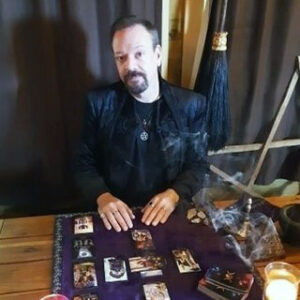 Witchcraft thrives on intention, energy, and sacred witch tools that help channel both. Although every witch practices differently, certain traditional items tend to appear on most altars. These witch tools are more than symbolic. Because they represent elemental forces, divine aspects, and personal power, they help direct and anchor magical work. Accordingly, knowing their use deepens your craft.
Witchcraft thrives on intention, energy, and sacred witch tools that help channel both. Although every witch practices differently, certain traditional items tend to appear on most altars. These witch tools are more than symbolic. Because they represent elemental forces, divine aspects, and personal power, they help direct and anchor magical work. Accordingly, knowing their use deepens your craft.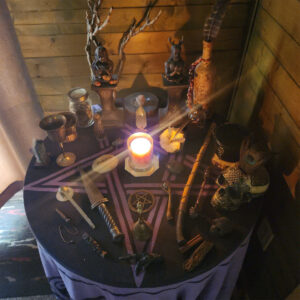 The
The 